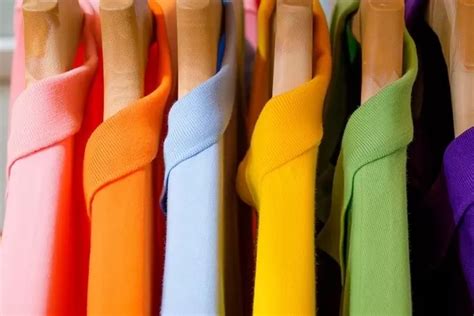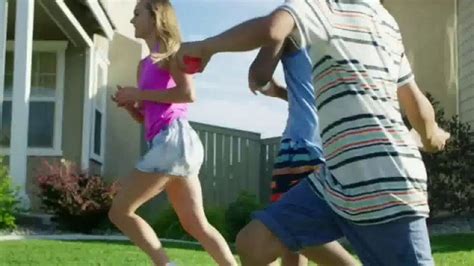Unveiling the Art of Levant Weaving

What is Levant Weaving?
Levant weaving, a vibrant tapestry of history and artistry, deserves a closer look. This ancient craft, originating in the Levant region (encompassing parts of modern-day Syria, Lebanon, Palestine, Jordan, and Israel), boasts a unique style and rich cultural heritage. This article delves into the fascinating world of Levant weaving, exploring its techniques, patterns, and enduring legacy. We’ll uncover its historical context and examine its modern revival and ongoing influence.
A Deep Dive into Levant Weaving Techniques
The techniques used in Levant weaving are as diverse as the region itself. From the intricate knotting of rugs to the precise manipulation of threads in intricate textiles, each piece is a testament to the weaver’s skill and dedication. Common techniques include:
- Warp-faced weaving: This technique emphasizes the warp threads, creating a strong, durable fabric with a distinct texture.
- Plain weave: A simple but effective technique, resulting in a smooth, even fabric ideal for various applications.
- Brocade: This complex technique involves supplementary weft threads, creating elaborate designs and patterns.
- Embroidery: Often used in conjunction with weaving, embroidery adds further detail and artistry to the finished product.
- Workshops and training programs: Teaching new generations the skills necessary to continue the craft.
- Museum exhibitions and cultural festivals: Showcasing the beauty and artistry of Levant weaving to a wider audience.
- Support for artisan communities: Providing economic opportunities and preserving traditional techniques.
- Online platforms and marketplaces: Connecting weavers with customers worldwide, fostering a global appreciation for the craft.
The Cultural Significance of Levant Weaving
Levant weaving is not merely a craft; it's a living embodiment of cultural identity. Patterns often hold symbolic meaning, reflecting local traditions, beliefs, and historical events. For example, certain motifs might represent nature, fertility, or even specific historical figures. The vibrant colors utilized, often derived from natural dyes, also add another layer of cultural significance. The use of specific colors might denote specific regions or families.
The Modern Resurgence of Levant Weaving
Despite facing challenges over the years, Levant weaving is experiencing a significant resurgence. Efforts to preserve this valuable tradition are gaining traction. These initiatives include:
Preserving the Legacy: The Future of Levant Weaving
The future of Levant weaving relies on continued support and appreciation for this unique art form. By fostering cultural exchange, supporting artisan communities, and educating future generations, we can ensure the legacy of Levant weaving endures for centuries to come. This preservation is crucial not only for its artistic value but also for its contribution to the cultural landscape of the Levant region.
Frequently Asked Questions (FAQ)
Q: What makes Levant weaving unique?
A: Levant weaving is distinguished by its vibrant colors, intricate patterns, and diverse techniques. The use of natural dyes and symbolic motifs adds a unique cultural dimension.
Q: Where can I find examples of Levant weaving?
A: You can find examples in museums specializing in Middle Eastern textiles, cultural centers, and online marketplaces specializing in handcrafted items. You might also find examples in private collections.
Q: Is Levant weaving still practiced today?
A: Yes, Levant weaving is still practiced, although it faces challenges. Many initiatives are actively working towards preserving and promoting this important craft.
Q: How can I support Levant weavers?
A: You can support Levant weavers by purchasing authentic pieces, attending cultural events that showcase their work, and sharing information about their craft.
This article aims to provide a comprehensive overview of the fascinating world of Levant weaving. We hope that this exploration encourages a deeper understanding and appreciation for this unique and enduring art form.





